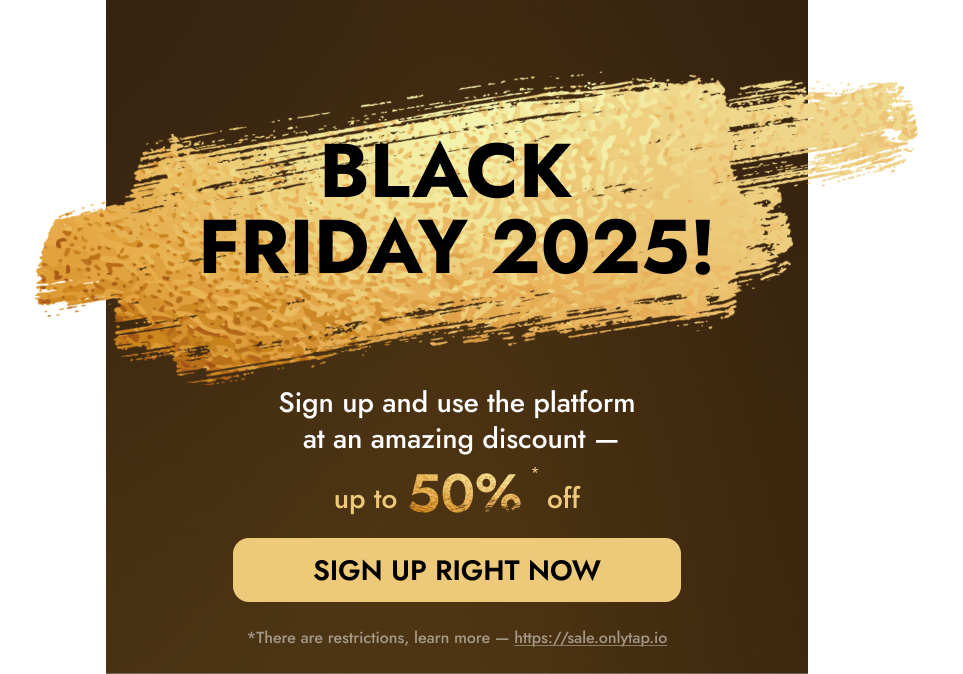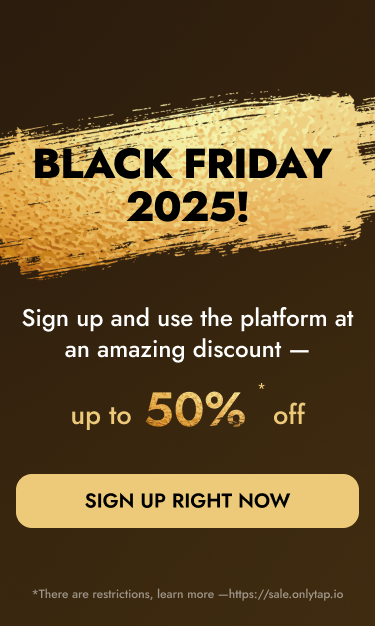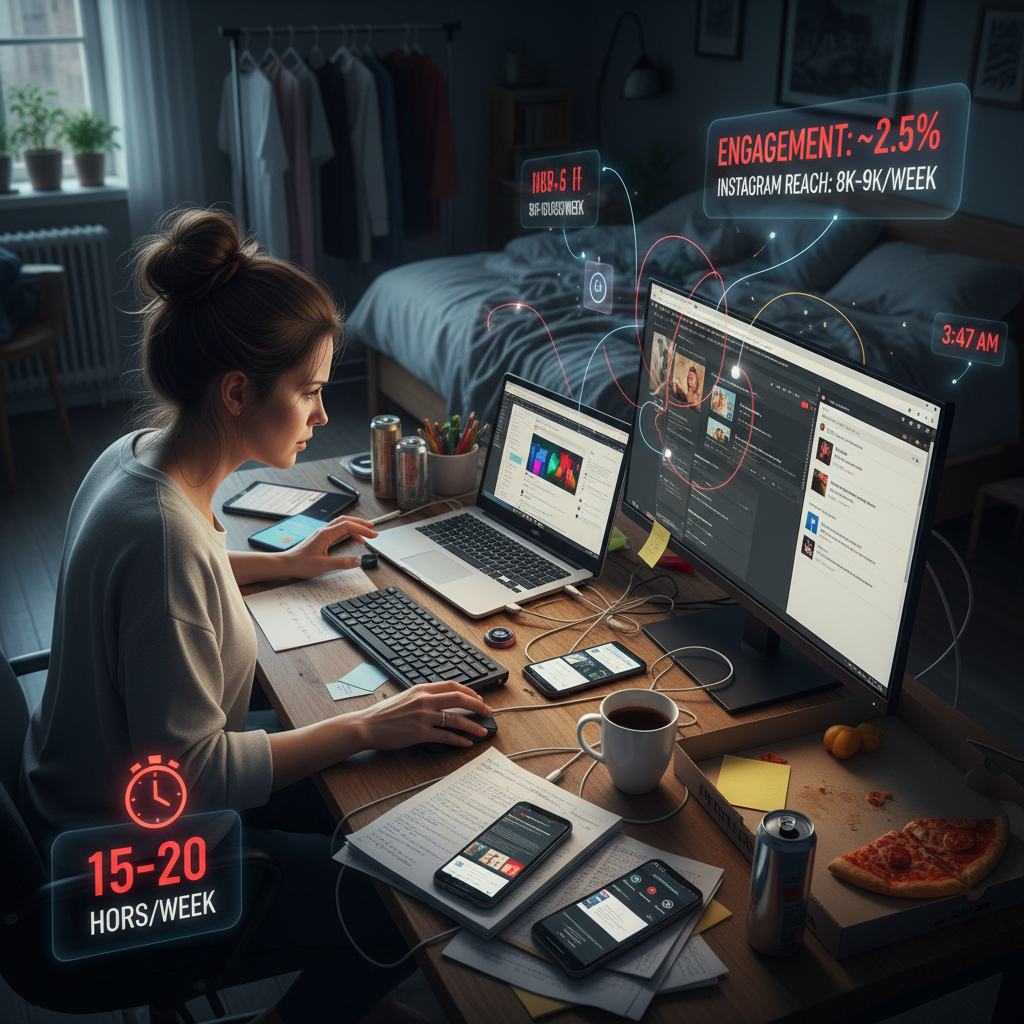LinkedIn has become far more than a digital résumé — it’s a global networking platform where recruiters, potential clients, and collaborators actively search for professionals to work with. Yet, despite its potential, many users unknowingly sabotage their chances with profiles that fail to attract attention or inspire trust.
If you’ve ever wondered why your applications go unanswered or why leads never turn into conversations, the problem might not be your skills — but how your LinkedIn profile presents them.
Let’s look at the most common mistakes that can cost you opportunities — and how to fix them.
1. An Unclear or Generic Headline
Your headline is one of the first things people see, and it’s also what LinkedIn’s algorithm uses to match you with search results. Still, many users waste this space with something vague like “Marketing Professional” or “Experienced Manager.”
That tells neither the algorithm nor a human visitor what exactly you do, in what niche, or what value you bring.
Better approach:
Use this space to define your expertise and target audience clearly. Instead of
“Marketing Specialist”
say
“Content Strategist helping SaaS startups grow through storytelling and SEO.”
This instantly tells people (and LinkedIn’s search engine) what you do, who you help, and how.
2. A Headshot That Doesn’t Work for You
It’s not about being photogenic — it’s about credibility and approachability.
A blurry selfie, a cropped vacation photo, or no photo at all makes your profile look unfinished. People connect faster when they see a face they can trust.
What works:
- A clear, recent photo with a neutral background
- Professional yet friendly expression (avoid both passport seriousness and overly casual poses)
- Consistent visual style with your personal brand
Your photo doesn’t need to be studio-grade, but it must look intentional.
3. A Missing or Weak “About” Section
One of the biggest missed opportunities on LinkedIn is the “About” section. Too many professionals skip it entirely or turn it into a wall of buzzwords:
“Results-driven, motivated, and dynamic professional with excellent communication skills…”
The problem? Everyone says that. Recruiters scroll past it immediately.
Instead, treat your summary as your personal story:
- What do you do?
- Who do you help?
- What problems do you solve and how?
- What’s unique about your experience or approach?
Write in the first person — “I help,” “I specialize in,” “I believe.” That human voice builds connection far more effectively than corporate jargon.
4. Descriptions That Read Like Job Titles
In the experience section, many people simply copy-paste their job titles and responsibilities from their résumés. But LinkedIn isn’t just for listing positions — it’s a space to show impact.
For each role, highlight what you achieved, not just what you were “responsible for.”
Example:
❌ Responsible for managing social media account
✅ Grew brand engagement by 65% through data-driven content strategy across three social platforms.
That difference turns a task into a result — and that’s what recruiters and clients notice.
5. Neglecting Keywords
LinkedIn functions like a search engine. Recruiters and clients type phrases like “B2B copywriter,” “data analyst,” or “project manager fintech.”
If your profile doesn’t contain those words — even naturally within your About and Experience sections — you may never appear in those searches.
Do some quick keyword research:
- Check job descriptions for the roles you want
- Look at the profiles of professionals who already have those roles
- Integrate relevant terms naturally into your own profile
This isn’t about stuffing keywords — it’s about making your expertise findable.
6. Ignoring the Power of the Banner and Custom URL
Your banner (the wide image at the top) is valuable real estate. Leaving it blank means missing another chance to express what you do. You can use it to display your tagline, company logo, or even a subtle visual that reflects your niche.
Also, customize your LinkedIn URL. A link that ends with /in/yourname looks more professional and is easier to share than one with random numbers and letters. It’s a small detail that signals attention to detail — something hiring managers appreciate.
7. Not Showcasing Work or Achievements
LinkedIn lets you attach media, links, and projects. Yet, many people don’t use this feature — and as a result, their profile feels abstract.
Instead, add real proof: a case study, a published article, a campaign example, a presentation, a certificate.
When people can see your results, your credibility grows immediately. Remember: visuals and tangible examples do what no amount of adjectives can.
8. No Activity or Engagement
An inactive profile, no matter how polished, feels cold. If you never comment, share insights, or post, you appear disconnected from your field.
You don’t have to post daily — but even one thoughtful comment per week can make a difference.
- Share industry news with your short opinion.
- Congratulate peers on achievements.
- Write a short post about something you learned from a project.
LinkedIn rewards active users — your visibility increases, and your name starts to appear in the feeds of potential employers and clients.
9. Not Tailoring Your Profile to Your Goal
Are you looking for a job or clients? The tone, examples, and call to action should differ.
If you’re a freelancer or consultant, emphasize services, results, and how to contact you. If you’re seeking employment, focus on achievements relevant to target roles and make it clear you’re open to opportunities.
Your profile shouldn’t be a one-size-fits-all résumé — it should be strategic marketing for the career path you want now.
10. Forgetting the Call to Action
Every strong profile ends with direction. After all, what do you want people to do when they find you?
A recruiter won’t chase you if they don’t know you’re open to work. A potential client won’t message if they don’t know you’re available.
Add a simple call to action at the end of your “About” section:
“I’m always open to collaborations with B2B tech brands. Let’s connect.”
or
“Currently exploring opportunities in content strategy — feel free to reach out.”
It turns passive visitors into active leads.
Final Thoughts
A great LinkedIn profile isn’t about looking perfect — it’s about clarity, credibility, and connection. When every section tells a consistent story about who you are and what you offer, you naturally attract the right kind of attention.
Audit your profile as if you were seeing it for the first time. Does it show your real strengths? Does it make it easy to understand what you do and why it matters?
If not, start updating today. The right words, examples, and tone can make the difference between being overlooked and being discovered.






